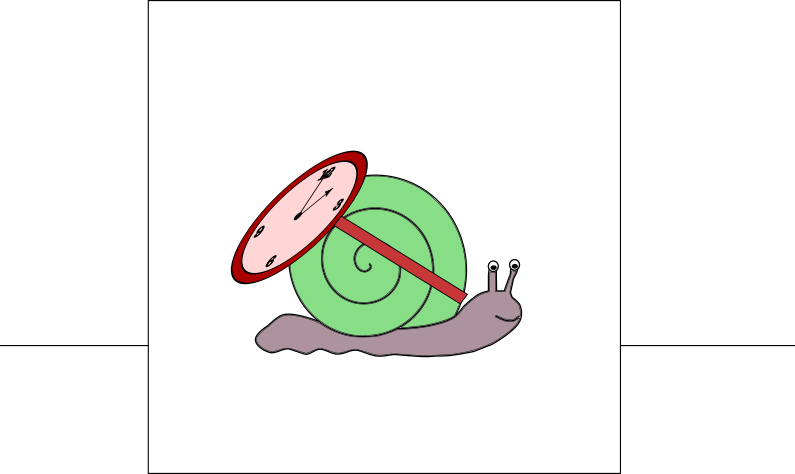Delayed circadian clock in lettuce
Or how selection for late flowering also gave lettuce a longer day
All organisms have a circadian clock inside them. It helps them synchronise their behaviour to their environment. Think of waking up in the morning and feeling sleepy at night. In plants the circadian clock helps them to start up photosynthesis when it gets light. And it helps with making developmental decisions.
Crop breeders like some of those developmental decisions to be later or earlier. Flowering for example. For leavy vegetables, farmers prefer them to grow as much leaves as possible before they harvest the crop. Which they need to do before the crop flowers, as this will, among other things, make the leaves taste bitter.
Therefore, there is a long-standing selection of leavy crops who flower later in the season. Now a new study “Breeding for delayed bolting decelerated the circadian clock in cultivated lettuce” shows that this has also made the circadian clock run slow.
What makes the clock run slow?
In the study they analysed the circadian rhythm of 234 cultivated and wild lettuce varieties. They found that the wild lettuce varieties had a circadian rhythm just a bit longer than 24 hours. In contrast the circadian rhythm of cultivated lettuce varieties was just a bit longer than 26 hours. With other words the circadian clock of cultivated lettuce took two extra hours to complete a day.
Now the question the researchers wanted to answer: Is this slow clock also the cause of late flowering? For this the researchers analysed for different flowering traits and the circadian of the different lettuce varieties. They then combined those with the genome data to find out which genome locations were responsible. For each trait different locations stood out. What really amazed the researchers was that among those a single region highly correlated to all traits. This region harboured the gene PHYC.
Shorter protein
PHYC is known to red light photoreceptor. And as such tells the circadian clock about the light quality. When looking at the different PHYC variants in all the analysed lettuce varieties, three PHYC varieties occurred most often. The researchers called them H01, H02, and H03. While H01 and H03 coded for a full-length and fully functional protein, H02 had a mutation that resulted in a shorter protein.
Further analysed showed that all domestic lettuce varieties with a delayed circadian clock had the H02 version of PHYC. In contrast, the domestic lettuce varieties that had a circadian clock that ran closer to 24 hours had the H03 PHYC variant. Wild lettuce mostly had the H01 PHYC variant.
This high predictability, say the researchers, will help breeders with selecting for late flowering lettuce varieties. So that they can grow more and sweeter leaves. Giving farmers larger lettuces to harvest.
Literature
Anton-Sales, C., van den Bergh, E.S., Thérèse-Navarro, A., Severing, E., Moñino-López, D., DiPalma, J., Proveniers, M., McClung, C.R., Jeuken, M. and Bonnema, G. (2025), Breeding for delayed bolting decelerated the circadian clock in cultivated lettuce. New Phytol. https://doi.org/10.1111/nph.70489






Not quite.
That our telomers get shorter has nothing to do with ensuring active death. It is a bug from copying the chromosomes as the colying macbinery can't attach to DNA that is not there. Yes shorter telomers are an halmark if aging, but the cell is also actively extending them.
In plants flowering is among other things regulated by daylength. PHYC is involved in telling the plant how long days are, by letting them know when it is light. It tells this to the circadian clock and also to the mechanism behind the decision of when to flower.
A shorter PHYC protein means that it can't do its job of telling how long the days are.
Both the circadian clock and the flower development now make decisions without that imput. Luckely they get other inputs as well. For flowering these are temperature and plant age which are less ideal inputs for deciding when it is best to flower. The plant basically waits with flowering till the last possible moment.
It leads to the idea that these plants are counting the days to flowering, perhaps like us chopping off our telomeres to ensure actively death.